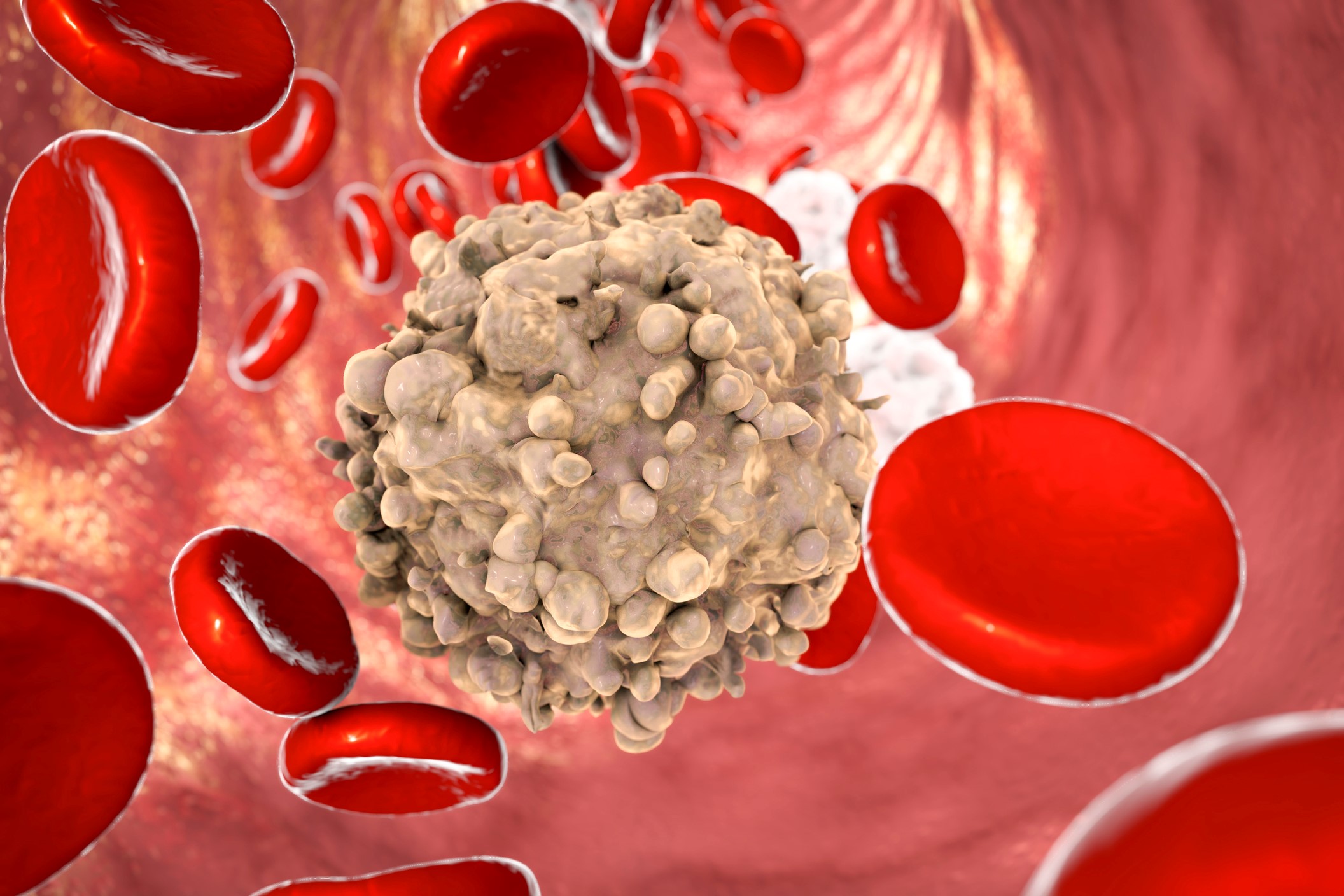
Leukaemia: symptoms, causes and treatment
What is leukaemia? When we speak of leukaemias we mean a very large number of malignant pathologies that are all grouped under this term, but which differ from each other in the type of cell involved in the tumour transformation process
We distinguish, in fact, lymphoblastic leukaemias (otherwise known as lymphatic or lymphoid), when the cells involved are B and T lymphocytes (lymphoid line), which, once transformed, are called lymphoblasts, and myeloid (or myeloblastic, myelocytic or granulocytic), when the progenitor cells of the myeloid line, i.e. granulocytes and monocytes, are involved.
Another important classification concerns acute leukaemias, which are much more frequent in children and adolescents and are generally more aggressive and fast-moving, and chronic forms, which mainly affect individuals aged between 40 and 50, and whose clinical course is slower and more subtle.
Causes of leukaemias
To date, the causes of leukaemias are, unfortunately, still largely unknown.
A number of elements are known that, often in combination, represent predisposing factors for the onset of the disease; in particular we speak of
- environmental factors, including exposure to ionising radiation (following diagnostic or therapeutic procedures or linked, for example, to environmental contamination, such as the famous case of the explosion at the Chernobyl nuclear power station) or chemical carcinogens, including benzene (present in petrol and gasoline, widely used in the past as a solvent for paints, now almost completely banned), benzopyrene, toxic aldehydes and certain heavy metals. Certain drugs used to treat cancer, especially when combined with radiotherapy, may increase the risk of ‘secondary’ leukaemia;
- genetic factors, such as the presence in the family of others with leukaemia, other haematological malignancies or certain diseases, including Down’s syndrome and Fanconi anaemia, in which susceptibility to the disease is increased by alterations in proteins involved in DNA repair processes.
Signs and symptoms of leukaemia
In leukaemias, blood cancer cells are derived from the haematopoietic stem cell, from which all the corpuscular elements of the blood normally originate: red blood cells, platelets and white blood cells, including lymphocytes and granulocytes.
The accumulation of one or more mutations in the genetic make-up of this cell gives rise to aclones of malignant, mature and non-functional cells, which propagate in the bone marrow with a high proliferation rate, leaving less and less room for healthy blood cells.
For these reasons, the subject in the symptomatic phase of the disease presents the following symptoms
- chronic fatigue and exhaustion, weakness, dizziness, nausea, difficulty breathing (due to red blood cell malfunction induced by the bone marrow overcrowding of leukaemic blasts);
- haemorrhages (linked to poor platelet production) presence of blood in the urine, bleeding (typical at onset is gum bleeding following toothbrushing);
- abnormalities in the menstrual cycle;
- headache, persistent fever and recurrent infections (caused by reduced production of healthy white blood cells);
- bone or joint pain, due to compression of the expanding bone marrow;
- enlargement of the liver or other internal organs and lymph nodes, especially in the overt and advanced stage of the disease;
- weight loss.
In some cases, tumour blasts may accumulate within the central nervous system, causing vomiting, headache and confusion, or in other organs (such as the liver, testicles, lungs and bones); in other cases, the disease may be totally asymptomatic and only be detected by chance following routine check-ups.
Diagnosis of leukaemia
An altered blood count is often sufficient to raise suspicion of leukaemic status: anaemia, thrombocytopenia or pancytopenia, especially the latter condition, are warning symptoms.
As mentioned, the fundamental examination is the blood count, followed by microscopic reading of the peripheral blood smear. Further in-depth diagnostics such as immunophenotype; cytogenetic analysis (study of chromosomes); and bone marrow biopsy, which allows the aspiration of a bone marrow sample from the back of the iliac bone.
This examination is of fundamental importance with regard to identifying the type of leukaemia and, therefore, the therapeutic strategy to be adopted to curb this pathology.
Leukaemia therapy
Leukaemias should be treated as early as possible to increase the likelihood of disease remission.
The main treatment is chemotherapy, used to destroy blasts and prevent them from proliferating.
Corticosteroids are the best combination treatment in cases of lymphoblastic leukaemia.
Radiotherapy plays a marginal role and is often relegated to a few cases.
Drug therapy is generally divided into several phases:
- induction: aimed at halting the evolution of the disease and symptoms, either temporarily or permanently, and eliminating leukaemic cells through drug combinations;
- maintenance: once remission has been achieved, the aim is to keep the patient in complete remission for as long as possible through a therapeutic regimen whose objective is the destruction of residual leukaemic cells that had not been eliminated by induction therapy;
- supportive therapy: the aim of which is to eliminate the symptoms of leukaemia, improving quality of life and enabling the patient to cope with the toxicity of chemotherapy.
In cases of disease recurrence, bone marrow transplantation may be used, which consists of administering the patient an overdose of chemo/radiotherapy aimed at suppressing haemopoiesis, followed by the infusion of stem cells from compatible (allo-identical marrow transplantation) or non-compatible (haplo-identical marrow transplantation) donors.
Read Also:
Emergency Live Even More…Live: Download The New Free App Of Your Newspaper For IOS And Android
Lymphoma: 10 Alarm Bells Not To Be Underestimated
Why Are There Leukocytes In My Urine?
Non-Hodgkin’s Lymphoma: Symptoms, Diagnosis And Treatment Of A Heterogeneous Group Of Tumours
CAR-T: An Innovative Therapy For Lymphomas
Acute Lymphoblastic Leukaemia: Long-Term Outcomes Described For Childhood ALL Survivors
Colour Changes In The Urine: When To Consult A Doctor
Why Are There Leukocytes In My Urine?
Leukaemia: The Types, Symptoms And Most Innovative Treatments


